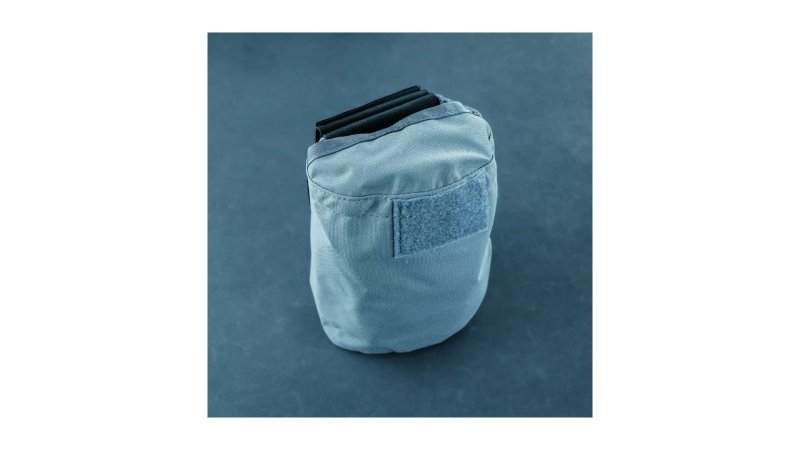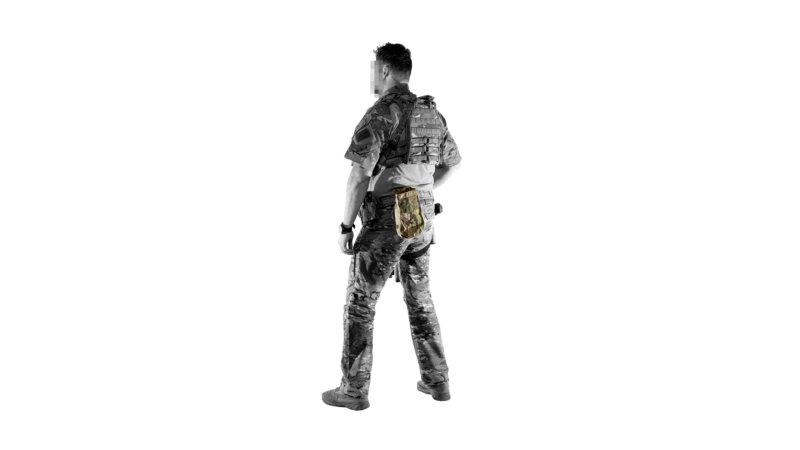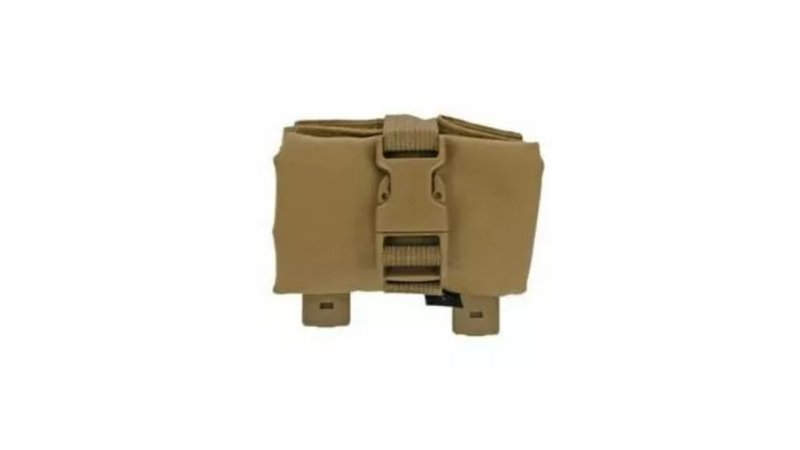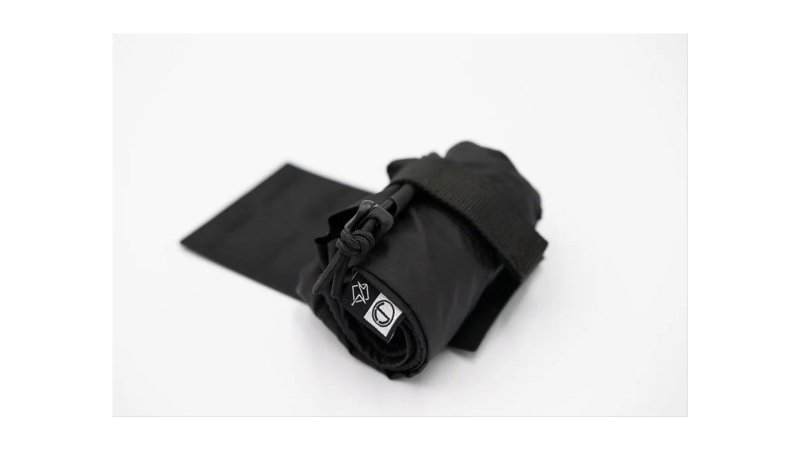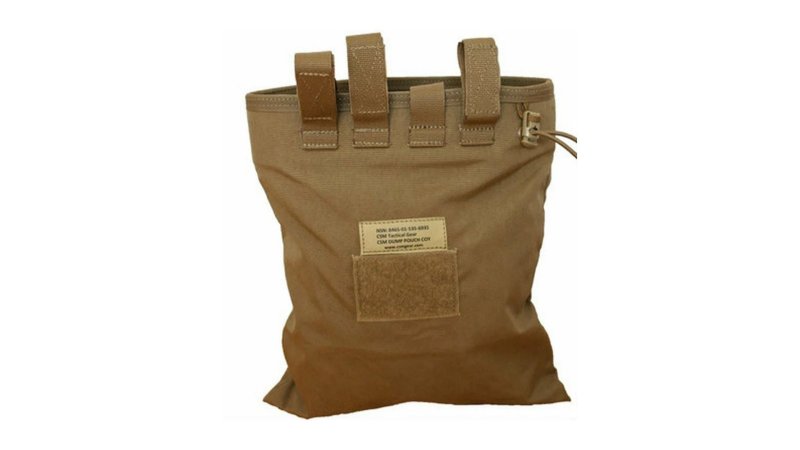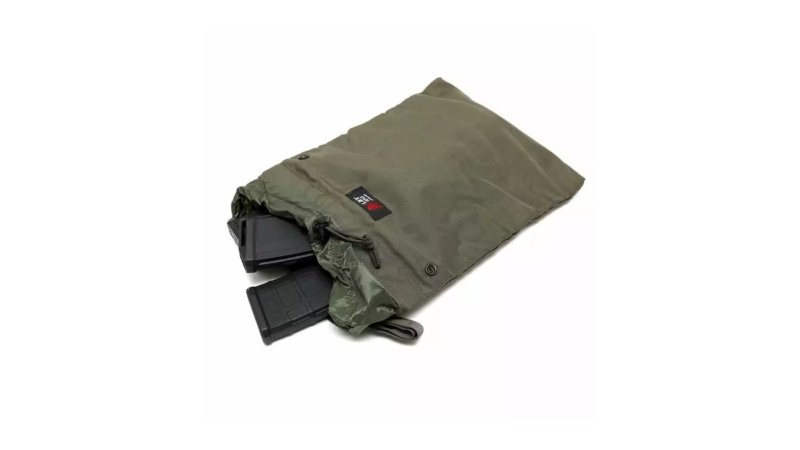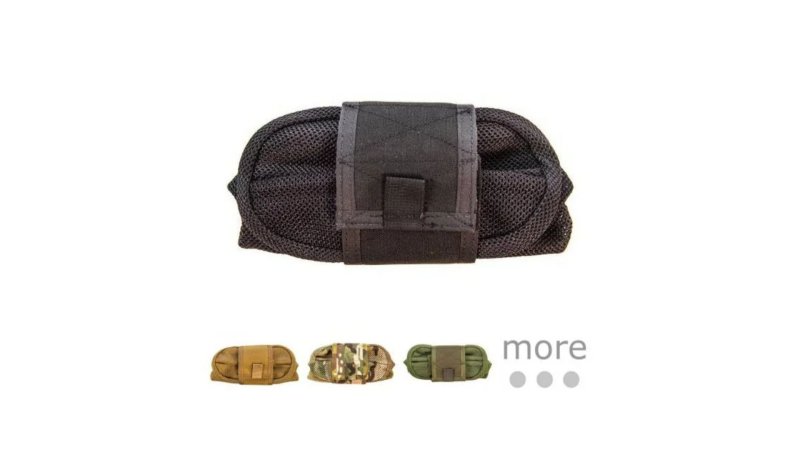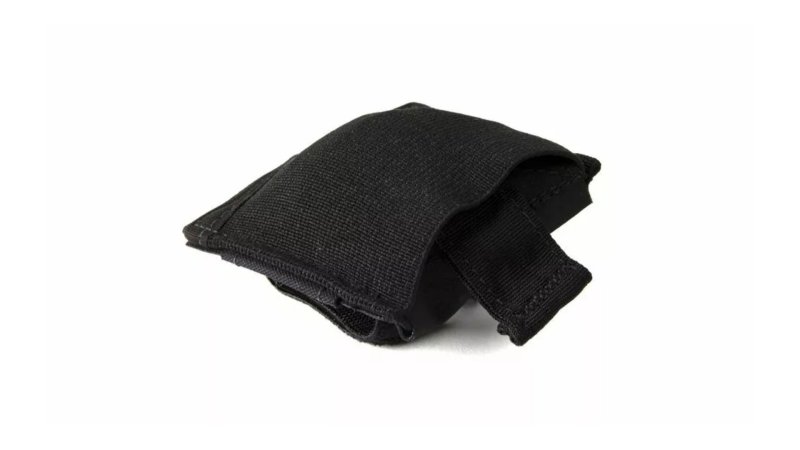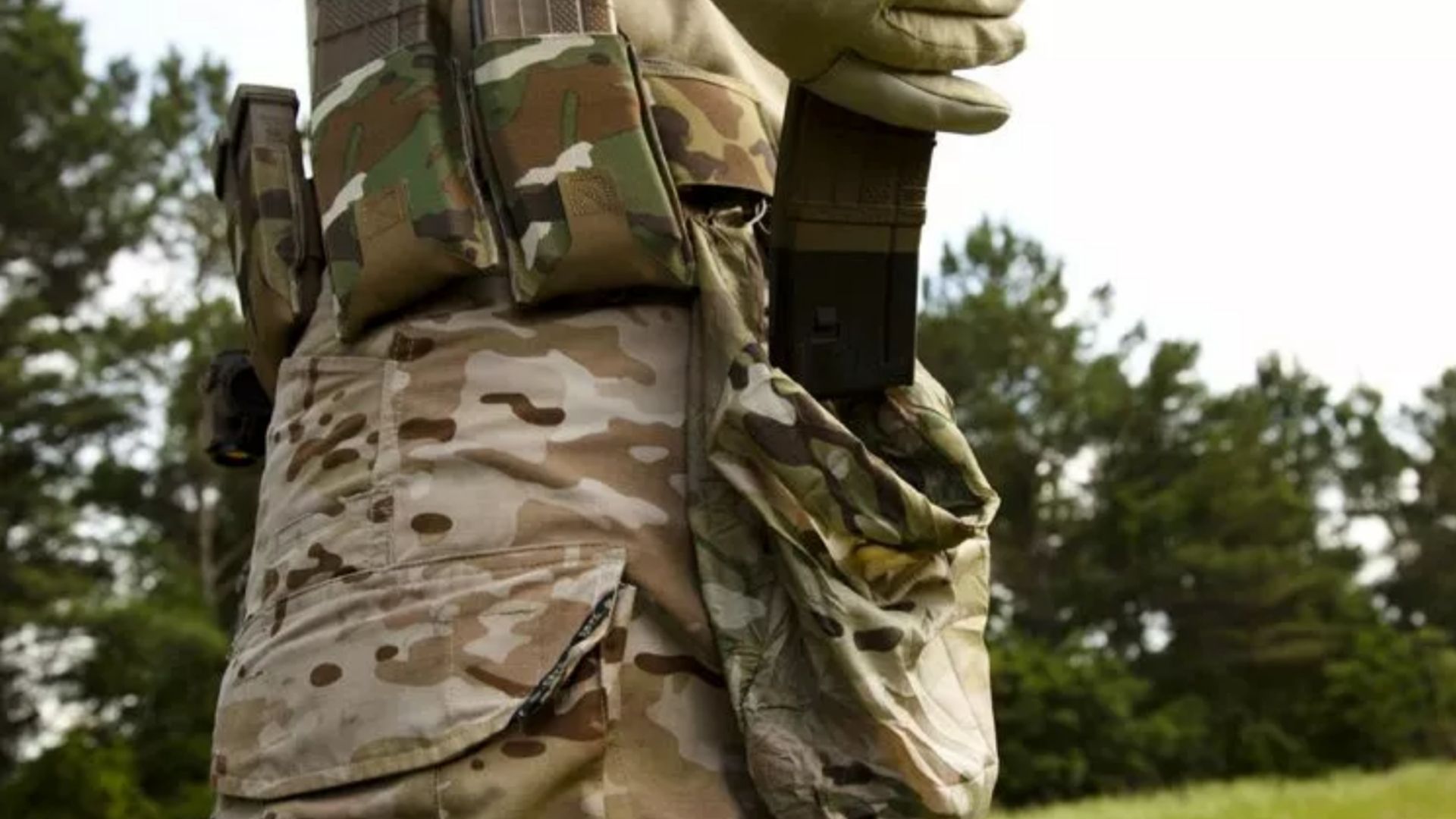

We may earn revenue from the products available on this page and participate in affiliate programs.
From your average mag-dump-into-trash folks to LEO types to military folks, everyone can use a helping hand. That’s where dump pouches come in. We have all been in that situation; where you wish you had more easily-accessible on-person storage without adding excessive bulk. Dump pouches are great for holding snacks, water, a phone, or sensitive items.
There are tons of mission sets out there that require gear. Likewise, there are tons of dump pouches out there that can foot the bill for these different types of missions. The key to a good dump pouch is finding one that: a) fits your mission parameters, and b) takes up the exact amount of real estate you are willing to allocate on your battle belt.
Luckily for you, I did the market research, testing, and evaluation so you don’t have to. Below, you will find a comprehensive list of dump pouches that I would consider if I needed a helping hand.
How we tested
I searched far and wide all over forums, Reddit, and social media to look for the most talked about and well-received dump pouches. I was surprised to learn that there are so many options on the market. After brainstorming with several service members and recreational shooters, I compiled a list of reputable dump pouches and divided them up by potential use. Task & Purpose procured them all for me to test and evaluate.
After dividing them up into the categories and uses that I thought they would be best suited for, I put all the dump pouches to the test at the range. Every. Single. One. I ran, jumped, slipped a few times, and crammed as many snacks and mags as I could to see how each performed.
Best Overall
T. Rex Arms Dump Pouch
Pros
- Half flap closure for easy access
- Bungee leg strap for retention
- Velcro attachment adheres to inner belt
- Mesh bottom
Cons
- Kind of small
- No option to fully close opening
- Velcro can be a little cumbersome
Product Specs
- Classification: Medium-sized
- Belt space: Three MOLLE cells
- Attachment: Velcro wrap
Best Value
Coyote Dump/SSE Pouch
Pros
- Elastic leg retention
- Rolls up in line with belt
- Lots of features at an affordable price
Cons
- No bungee-style closure
- Stowing leg strap not necessarily neat
Product Specs
- Classification: Medium-sized
- Belt space: Two MOLLE cells
- Attachment: Malice clips
Honorable Mention
Tactical Tailor Fight Light
Pros
- Fairly small profile when stowed
- Elastic drawstring with tab for easy open
- Two drain holes
Cons
- No leg retention
- Larger than necessary footprint
Product Specs
- Classification: Medium-sized
- Belt space: Three MOLLE cells
- Attachment: Malice clips
Best Low Pro
Kinetic Consulting Dump Pouch
Pros
- Occupies virtually no belt space
- Bungee drawstring
- Waterproof (probably)
- Elastic webbing inside pouch for organization
Cons
- No leg retention
- Materials do not feel the most durable
Product Specs
- Classification: Low-profile
- Belt space: None
- Attachment: Existing malice clips
Best MOLLE
CSM Drop Pouch
Pros
- Bomb-proof durability
- Great protection of contents from environment
- MOLLE webbing for sustainment equipment
- Easy to deploy from stowed configuration
Cons
- No leg retention
- Attachment can be cumbersome
- Pen/battery holding elastic could get in way of opening
Product Specs
- Classification: Wide load
- Belt space: Up to five MOLLE cells
- Attachment: Wraparound snap clips
Best High Dollar
LBT Medium Dump Pouch
Pros
- Folds completely flat
- Rigid plastic helps keep structural integrity
- Three spaced attachment points
Cons
- No leg retention
- One drainage hole
Product Specs
- Classification: Wide load
- Belt space: Up to seven
- MOLLE cells Attachment: Wraparound snap clips
Best Mesh
HSGI Mag-net Dump Pouch
Pros
- Low-profile
- Easy to deploy
- String drawstring (not bungee)
Cons
- Pretty bare bones
- No drainage ports
Product Specs
- Classification: Medium-sized
- Belt space: Two to six MOLLE cells
- Attachment: MOLLE
Best Mini
Blue Force Gear Ten Speed Dump Pouch
Pros
- Low-profile
- Easy to deploy
- String drawstring (not bungee)
Cons
- Pretty bare bones
- No drainage ports
Product Specs
- Classification: Low-profile
- Belt space: One MOLLE cell
- Attachment: Belt loop or Velcro
What to consider when buying dump pouches
Like most things gear-related, the first thing you should consider when buying a dump pouch is, “what do I intend to use this for?” Dump pouches come in a variety of shapes and sizes. Chances are there is one out there that foots the bill of your mission, but you probably won’t find it if you just buy whatever everyone else on Instagram is running.
Types of dump pouches
There are tons of dump pouches out there; all with their little idiosyncrasies. It would be impossible to accurately divide and categorize them all, but in my market research, I have found that they largely can be divided into three types to best serve the consumer: low-profile, medium-sized, and wide load.
Low-profile
As the name suggests, low-profile dump pouches take up a small amount of real estate but can still be a big help. Dump pouches like the Blue Force Gear and Kinetic Consulting pouches mentioned above fall into this category. They’re great for guys who might only need dump pouches once in a while or are budgeting their belt real estate. Although they can often hold quite a bit, if capacity is the name of the game in your search, you may want to look at medium-sized pouches.
Medium-sized
The medium-sized pouch category is where most pouches fall. They are mostly your do-all pouch and can handle a wide variety of tasks. Most likely, they will take two or three MOLLE cells on your belt, which is fine because the convenience it provides largely justifies the space it takes. There are tons out there, but if you want to carry a ton of stuff, the wide load classification may be your ticket to range-day glory.
Wide load
Finally, we have the wide load category of dump pouches. Pouches like the LBT and CSM gear dump pouches fall into this classification. These can carry a massive amount of equipment. Anyone within eyeshot can look at you and know that you’re a pack mule and probably an arsenal carrying a ton of MAGPUL AR (or AK for the more refined gents out there) mags. They usually roll up, but don’t expect it to be covert or fit in your belt line because you will likely have a cordura cylinder hanging off your backside.
Key features of dump pouches
Closure
There is a reason you put items in a dump pouch. Whether you stow a water source, extra magazines, or sensitive items, the idea is to keep whatever it is inside. That is why closure is so important when it comes to dump pouches. If you don’t have some sort of closure system, you can probably just kiss whatever you put away goodbye.
There are several different types of retention. When considering how retentive you want your pouch to be, consider what activities you’ll be doing. Closure becomes especially important when considering dump pouches for any type of non-flat-range activity. If you want your dump pouch for any activity involving running, jumping, climbing, or crawling, some sort of closure is paramount. Shock cords, Velcro, zipper, and snap closures are commonplace on quality pouches.
Retention
The last thing you want in any piece of kit is something that is going to flop around all flaccid-like. Having gear neat and retained is important. It’s the reason we tape up our loose straps in the military and tie everything down. Both of these concepts are important when it comes to dump pouches, and they both fall under retention. Let me explain.
A good dump pouch stows away neatly, attaches to your belt securely, and ideally does not flop around all over the place when deployed. These are all determined by retention.
While there are many different belt attachment styles, some keep the pouches better retained than others. Leg straps are also fairly common, however, they may not end up being the neatest option.
Drainage
Gear gets dirty. Well, it should. Generally speaking, that is a byproduct of what it is designed for. Unless you are some kind of tactical paleontologist, you probably don’t want a pouch full of dirt and sand. This is why drainage is important.
Dump pouches often have some kind of grommet on the bottom. These grommets allow dirt, sand, and water to pass through instead of collecting. Alternatively, dump pouches made of mesh can also allow these to pass through, but will not protect your items as well as a normal cordura pouch.
Pricing for dump pouches
The great thing about dump pouches is that you can get them as cheap as $35 and as expensive as triple digits. You can also probably find one that foots the bill for your niche needs. The price increases with build quality and features.
For example, you may have a fairly affordable dump pouch that is exactly as described: a pouch. But is not low-profile and lacks retention and/or capacity.
On the other hand, you will likely find dump pouches that are extremely durable and low-profile, but are overbuilt for flat-range activities or casual shooting. Is a glorified snack pantry worth $80 plus?
Ultimately, it’s up to you to determine how little or how much you are willing to spend. Like a game of goldilocks, there will probably be too much, too little, and finally a happy medium in regards to both dollars and features.
FAQs about dump pouches
You’ve got questions, Task & Purpose has answers.
Q: Does the military use dump pouches?
A: Service members throughout the military use dump pouches for a variety of reasons. Snacks, Nalgenes, mags, and SSE are the big four reasons for doing so.
Q: Where do you put a dump pouch?
A: Almost everyone will tell you that dump pouches belong on your belt. For some reason beyond my understanding, people have also put them on their plate carriers. That is a process.
Q: What do soldiers do with empty mags?
A: It depends on the situation. The goal is to retain your mags in some way (dump pouch), even when empty, but the situation might not always permit that.
